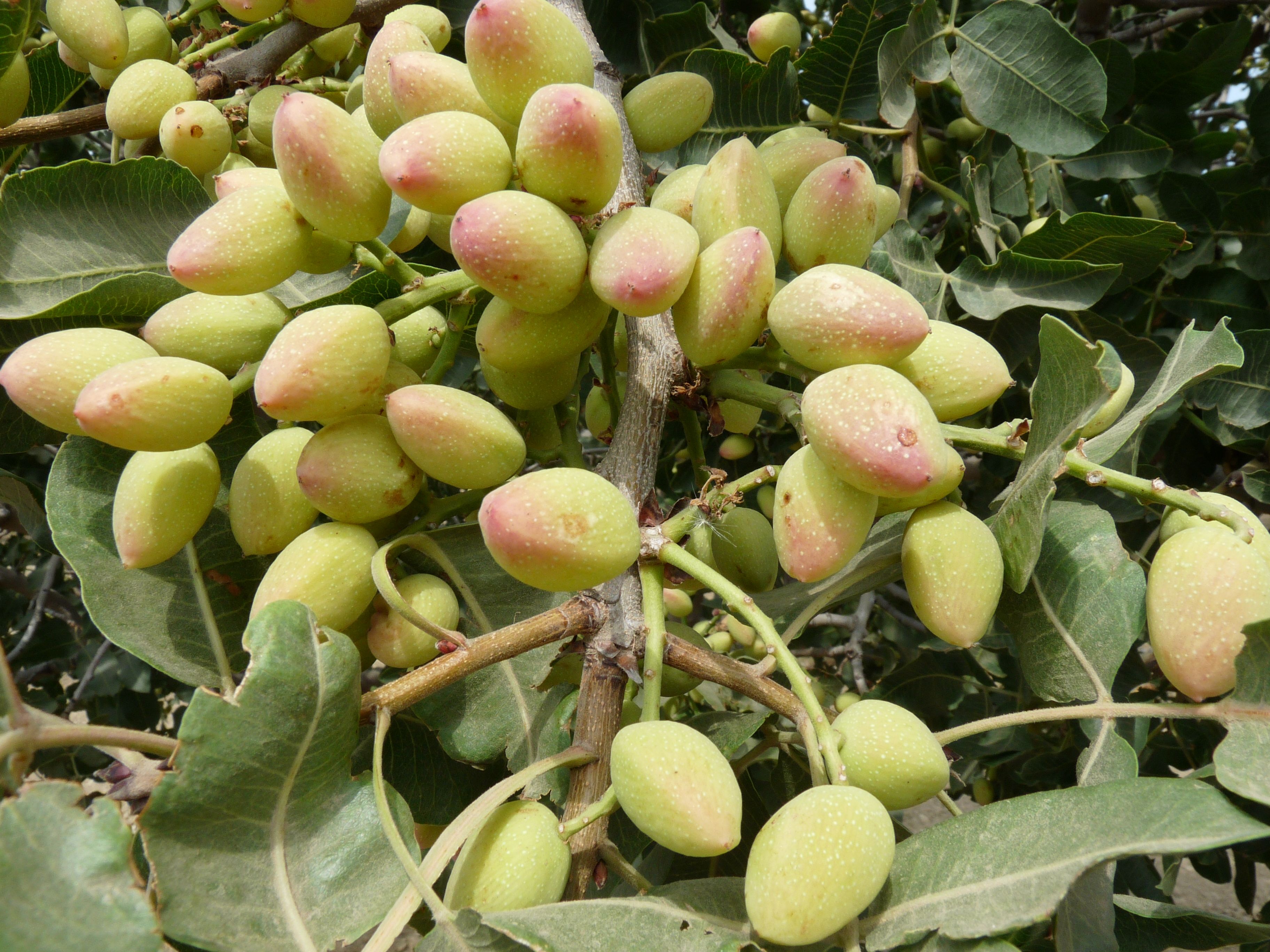Nationwide Promotion Will Move Pecans
American Pecan Promotion Going Well
By Patrick Cavanaugh, Farm News Director
The Federal Marketing Order for Pecans was voted on by the nationwide industry one year ago, and already six million dollars of assessments have been raised; an advertising firm has been hired; and the promotion of health, versatility and the heritage of American Pecans to consumers has begun.
California Ag Today spoke to Mike Adams, a central Texas pecan grower and the chairman of the American Pecan Council that oversees the Federal Marketing Order for Pecan, about the order.
“In fact, the USDA/ AMS said that the pecan marketing order was the first in more than 10 years,” he said.
“The referendum for the marketing order was in March of 2016, and again, only growers vote, so when we went to the industry with a referendum, again, in accordance with the law, 77% of our individual growers were in favor, and 88% of the volume of our growers were in favor. We got an overwhelming vote from what had been heretofore a pretty fractured industry, you know, growing pecans across 15 different states,” Adams explained.
“2016 was the first year that the FMO began collecting assessments, and we’re seeing the industry believing in the effort,” Adams said. “The assessments have come in, and we have met our goal in what we thought would come in this first year.”
“This is all brand new. In other words, all the rules are new, the forms are new, the idea is new,” he said. “So instead of being skeptical and holding back, the industry—and I will give credit to the handlers—came through.”
Adams said that growers have been very cooperative, and have met the first year goal so that there is a budget.
“We’ve got a national office. We’ve got a marketing firm engaged and on account, so a number of things are happening this first year, but honestly, much faster than some of us thought it could happen. But without the support of the industry, it couldn’t have been done,” Adams said.
The assessment is three cents per in-shell pound of improved variety pecans, and two cents per in-shell pound of natives. Also, substandard—which is a nut that has commercial value but may not be a number one—is two cents per in-shell pound.
The rule that actually is law now was published in the Federal Register in mid-September 2017.
“I have been so encouraged and gratified that the industry said we believe in what you’re doing, so we’re not going to wait on the law. We’re going to go ahead and assess ourselves last year,” Adams said.
And Adams said that the 2016 assessment sets the industry up for the 2017 crop.
“Quite honestly, because we were very frugal in what we spent this first year … we’ll have some carryover into 2017. It really gives us a springboard or a head start on all the things that the council wants to pursue,” he said.
And part of the money has already been put to good work. A national office has been open in Fort Worth, Texas.
“We’ve got an executive director. Up until that staff came on board, the pecan industry had never had a single entity that went to work every day for the industry. We’ve got regional associations, we’ve got state organizations, but we’ve never had one entity or one staff that works every day for the pecan industry, so we’ve got that now,” Adams explained.
“Weber Shandwick, out of their Chicago office is going to be doing our marketing and public relations for us. In fact, in July they launched a very informative website that focuses on the health aspect of pecan consumption, as well as the American heritage of the pecan. That website is americanpecan.com.”










